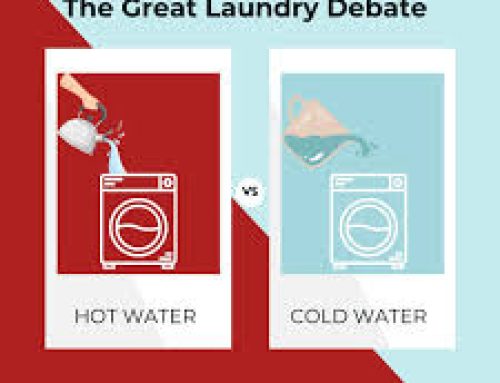Paying for an extended warranty on goods often ends up being a waste of money.
Many are unaware when they buy a product or service that an automatic consumer guarantee kicks in without you having to spend any more cash. 
A lot of extended warranties arguably do no more than give you what you already have for free under a consumer guarantee, or they might give you some small tweak in addition to what you have.
What happens if there’s a problem, if it’s not too serious a problem you have a right to a repair, replacement or refund and the supplier gets to choose which one.
The basic test here is what is reasonable to expect given the cost of the item and any representations made about them.
Obviously you would expect a really expensive TV to last longer than a second hand item from a disposal store.
Extended warranties are often available when a consumer buys a good that costs at least a few hundreds dollars — frequently electrical items.
The consumer can take the item back to where they purchased it from but shoppers must be aware the onus is on the seller to deal with the issue directly, not the manufacturer.
Consumers should ask plenty of questions before signing up to an extended warranty and find out what extra coverage they will get.
It’s always worth reading the terms and conditions of an extended warranty to see if they are affording you any additional rights over and above what your consumer law states, but it’s very rare for extended warranties to give you any additional value.
By offering protection for expensive purchases and increasing the length of a product’s original warranty, extended warranties have become the norm for many retailers.
These warranties often appeal to thrifty consumers, for whom buying big-ticket items like appliances and electronics can be an exacting decision.
When you’re pulling out your wallet to pay for that new refrigerator, big-screen TV or treadmill for your home gym, it’s hard not to be tempted to buy into the extended warranty sales pitch – even if it will increase the cost of your purchase by hundreds of dollars.
But are these warranties worth the price?
Read on here and discover the benefits of these warranties don’t extend beyond the profit margins of the companies that offer them.
An Extended Warranty Is Insurance
An extended warranty works like an insurance contract for the product you purchase and can be offered by either the product’s manufacturer or by the retailer, which contracts this service out to an insurance company. 
What most consumers fail to realise is that although the price of an extended warranty often seems like a bargain to a consumer who is aware of the steep price of repairs, it has actually been carefully considered through actuarial analysis by the company that offers it.
In other words, the company uses probability and statistical methods to calculate the likelihood that your new refrigerator or flat screen television, for example, will require repairs.
This figure is weighed against how much those repairs would cost to arrive at the price that a company will charge consumers for a warranty on a particular item. This formula is not designed to work in your favour.
Probabilities and Profit Margins
Extended warranties, like the products they claim to protect, are sold to consumers for a profit and can be big money-makers for retailers.
Often, profits from warranties will account for as much as 70% of a retailer’s operating income, compared to only 10% for the products they cover.
What this means is that for every dollar you spend on an extended warranty from a retailer, $0.70 goes to the retailer, with the remaining $0.30 going to the insurance company.
Because the insurance company also expects to profit from the agreement, it is clear that it doesn’t expect to have to make very many payouts.
In fact, when a Consumer Report conducted a survey of 38,000 consumers, it found that only 8% of camcorders, stove ranges, dishwashers and refrigerators were repaired within the first three years of when they were purchased.
Because these warranties cost almost nothing to market and often go uncollected, they are a simple way for retailers to boost their bottom lines.
Suppose you are in the market for a new washer and dryer. You choose a high-end set that costs $2,250.
The salesperson offers you an extended warranty that will cover the cost of services and repairs for three years and includes a replacement guarantee if the product can’t be fixed – it costs $660.
If you’re tempted to shell out for this warranty, it’s because you know that the cost of in-home repairs for your new appliance would add up fast if you have to pay for them yourself and could easily exceed $660 if something goes wrong.
Please CLICK HERE to access many more blog articles for detailed information of buying or getting services to all major home appliances







